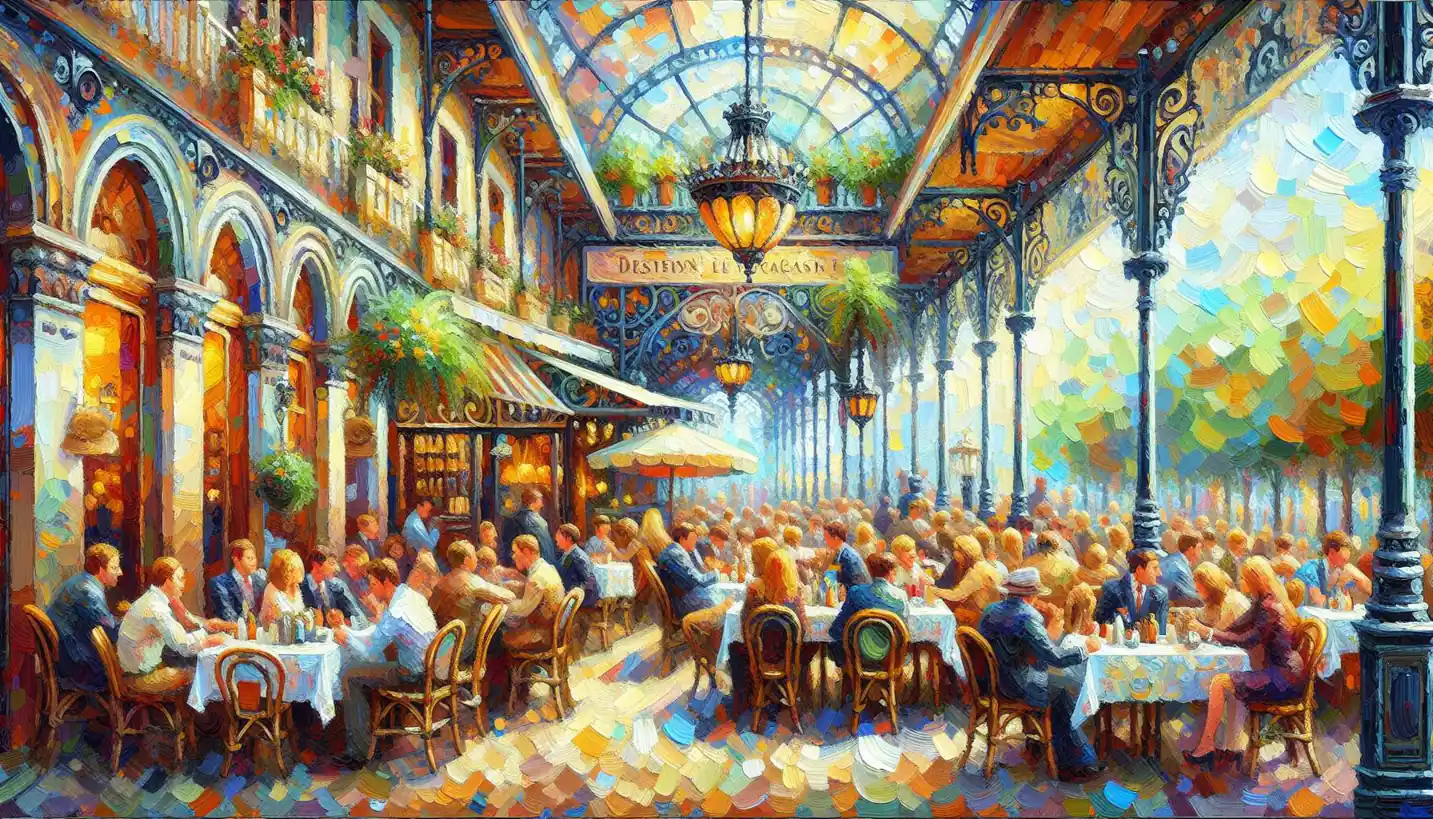· Art · 5 min read
Fiber Blending: Revolutionizing Textile Design for the Art World
Fiber blending is revolutionizing textile design, creating innovative art pieces through diverse material combinations.

Fiber blending might sound like a mouthful, but in the world of textile design, it’s one of the coolest tricks in the book. Imagine mixing different types of fibers to create something that feels unique, looks stunning, and performs just the way you want it to.
Textile designers are like chefs, constantly experimenting with different ingredients—in this case, fibers—to craft fabrics with new textures and properties. Think of your favorite t-shirt that’s both soft and durable. It’s probably the result of a well-thought-out fiber blend.
Understanding Fiber Blending
Fiber blending is all about combining different kinds of fiber to enhance the fabric’s overall qualities. You know how mixing paints can give you new colors? Fiber blending works in a similar way. By combining natural fibers like cotton or wool with synthetic ones like polyester, designers can create textiles that have the best of both worlds. You get the breathability of cotton with the quick-drying properties of polyester.
The process usually involves carding, which is a method of aligning the fibers so they can intermix evenly. A bit like combing hair until it’s silky smooth.
Why Fiber Blending Matters
So, why all this fuss about blending fibers? Well, the textile industry is constantly striving to meet various demands—from fashion to functionality. In the arts, textiles are not just something to wear; they’re a canvas. Artists and designers can create intricate pieces that aren’t just visually appealing but also perform well under different conditions.
Imagine a fabric that looks delicate but can withstand wear and tear. That’s the magic of fiber blending. It combines the aesthetics desired by artists with the durability required for practical use.
The Science Behind the Blend
Digging a bit deeper, every fiber has its own set of properties, influenced by its structure and chemical makeup. Natural fibers are breathable and biodegradable but might lack strength. Synthetic fibers, on the other hand, are like the superheroes of durability, moisture resistance, and elasticity.
When blending, it’s essential to understand the characteristics of each fiber. Cotton, for instance, is soft and absorbent. Wool is warm and insulating. Meanwhile, polyester and nylon offer stretch and strength. By playing with these traits, designers can innovate and create textiles that are perfect for any given purpose.
The Role of Technology
In today’s world, technology plays a huge role in fiber blending. Machines can precisely mix fibers at a microscopic level, allowing for blends that are perfect and consistent. This precision means less waste, which is not only good for the environment but also makes the production process more efficient.
Stories From the Textile World
Let’s talk about some success stories. Consider sports apparel. Ever noticed how your workout gear handles sweat differently from your regular clothes? Thanks to fiber blending, sports brands have developed materials that wick away moisture while remaining comfortable.
Now, move beyond everyday wear to more artistic realms. Famous textile artists use fiber blends to add depth and texture to their pieces. They can create installations that flow like silk, yet stand firm like canvas.
Innovations in Fashion Design
Fashion is an ever-evolving canvas, and fiber blending is the paintbrush. Designers like Stella McCartney and brands such as Patagonia are using fiber blends to create sustainable fashion. By repurposing old fibers into new materials, they minimize waste and champion sustainability. This practice not only appeals to eco-conscious consumers but also inspires other designers to rethink their approach to materials.
Challenges of Fiber Blending
Despite its many benefits, fiber blending isn’t without challenges. Achieving the right mix can be tricky. Some fibers don’t play well together—imagine trying to mix oil and water. Ensuring an even blend so that the final fabric is consistent is vital.
Another issue is environmental sustainability. With synthetic fibers, there’s always a concern about biodegradability. The good news is that researchers are working tirelessly on finding innovative solutions, like developing biodegradable synthetic fibers.
Future Directions
What’s on the horizon for fiber blending? As technology advances, the possibilities are endless. We might see fabrics that change properties based on external conditions—like clothing that automatically adjusts its insulation based on temperature. Imagine your jacket warming up on a chilly day without any batteries or wires.
Moreover, the continuing push for sustainability in fashion could lead to even more eco-friendly fiber blends. By utilizing recycled materials or even exploring natural fibers that are less commonly used, the textile design industry can innovate while being kind to our planet.
Conclusion
Fiber blending in textile design is nothing short of a revolution. It’s about marrying art with science to create fabrics that serve myriad purposes, from practical to aesthetic. Whether you’re a fashionista looking for the next trend or an artist seeking new mediums, fiber blending opens up a world of possibilities.
The art world and fashion industry thrive on innovation and creativity—fiber blending offers both in abundance. As we continue to develop new approaches and solutions, who knows what marvels await us in the world of textiles. One thing is certain though: fiber blending is here to stay, shaping the future of design one thread at a time.


